Ho Chi Minh City Mr. Dong, 50 years old, had a large stone in his left kidney. The doctor used a laser to break up the stone through a tunnel through the skin.
Mr. Dong had kidney stone surgery more than 20 years ago. Recently, he had pain in his back, spreading to his lower abdomen, especially when climbing stairs or carrying heavy objects. He went to Tam Anh General Hospital in Ho Chi Minh City for examination.
On November 1, Dr. Nguyen Tan Cuong, Deputy Head of the Department of Urology, Center for Urology - Nephrology - Andrology, said that the patient's left kidney had a stone about 2.5 x 3.4 cm located at the junction and renal pelvis, causing obstruction, causing the kidney to retain a lot of water. In addition, the old surgical scar was quite clear, 10 cm long, and the prognosis for surgery was difficult due to fibrosis.
"The most suitable treatment option is percutaneous nephrolithotomy, which can remove all stones in one surgery and avoid open surgery," said Dr. Cuong.
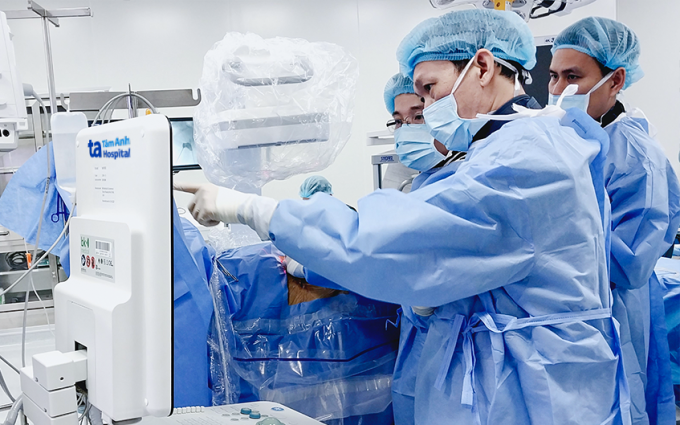
Surgeons locate stones before surgery. Photo: Thang Vu
Under the guidance of ultrasound, the C-arm system with X-ray arm, the stone position is accurately located. The doctor makes a small incision on the left side of the back, about 0.6 cm in diameter, inserts a small needle from the outside into the kidney until urine flows out. Through that, a tunnel is created through the abdominal walls, into the renal pelvis to reach the stone. Through the tunnel, the surgeon inserts an endoscope into the kidney for observation. The stone is quickly broken into many small pieces by high-energy laser and removed.
Dr. Cuong said the patient had a lot of fibrosis in the old surgical wound, making the process of dilating and creating a tunnel more difficult. In some cases, a metal dilator had to be used to get through the abdominal wall. After two hours of surgery, the doctor checked via C-arm and no longer saw the stone.
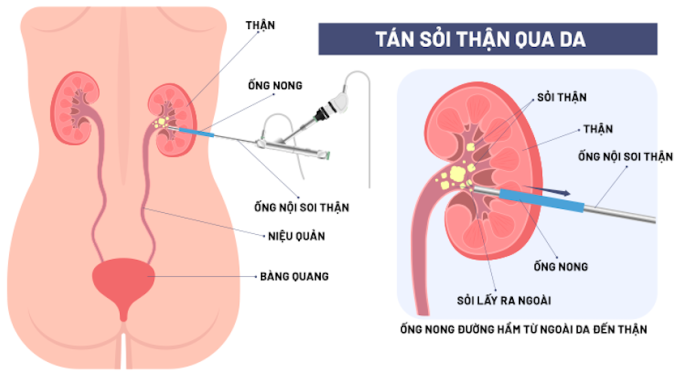
Simulation of percutaneous nephrolithotomy. Photo: Tam Anh General Hospital
According to Dr. Cuong, in the past, for large coral stones, patients often had to have open surgery, with a skin incision longer than 10 cm, and the abdominal wall muscles had to be cut. In some cases, the kidney parenchyma had to be cut to reach the stone. After surgery, the damaged area around the kidney would form fibrous scars. If the stone recurred, subsequent surgeries would be difficult, with the risk of bleeding and damage to nearby organs...
Percutaneous nephrolithotomy is a method of treating kidney stones that causes little damage to the kidneys, is highly effective, has a stone-free rate of up to 90-100%, has little pain, and recovers quickly. This technique is often performed for kidney stones larger than 2 cm, complex stones, and coral stones. This method is also suitable for people who have had kidney surgery or open surgery to remove kidney stones. However, percutaneous nephrolithotomy can cause some complications such as kidney bleeding and infection.
Urinary stones are formed by the natural crystallization of inorganic crystals in urine. Urinary stones can occur anywhere in the urinary tract such as the kidneys (kidney stones), ureters (ureteral stones), bladder (bladder stones) and urethra (urethral stones) in men.
If not treated promptly, urinary stones can cause dangerous complications such as impaired kidney function, kidney infection, and even life-threatening. Therefore, when there are signs of blood in the urine, painful urination, urinary retention, cloudy urine, severe or persistent lower back pain..., the patient should go to a hospital with a urology department for diagnosis. Depending on the location, size of the stone and the patient's health condition, the doctor will advise on an appropriate treatment plan.
Duc Thang - Anh Thu
* Patient name has been changed
Source link


![[Photo] April Festival in Can Tho City](https://vstatic.vietnam.vn/vietnam/resource/IMAGE/2025/4/10/bf5ae82870e648fabfbcc93a25b481ea)

![[Photo] Unique folk games at Chuong Village Festival](https://vstatic.vietnam.vn/vietnam/resource/IMAGE/2025/4/10/cff805a06fdd443b9474c017f98075a4)

![[Photo] Opening of the 11th Conference of the 13th Party Central Committee](https://vstatic.vietnam.vn/vietnam/resource/IMAGE/2025/4/10/f9e717b67de343d7b687cb419c0829a2)

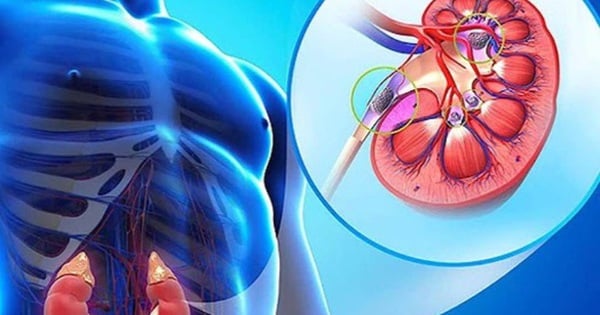








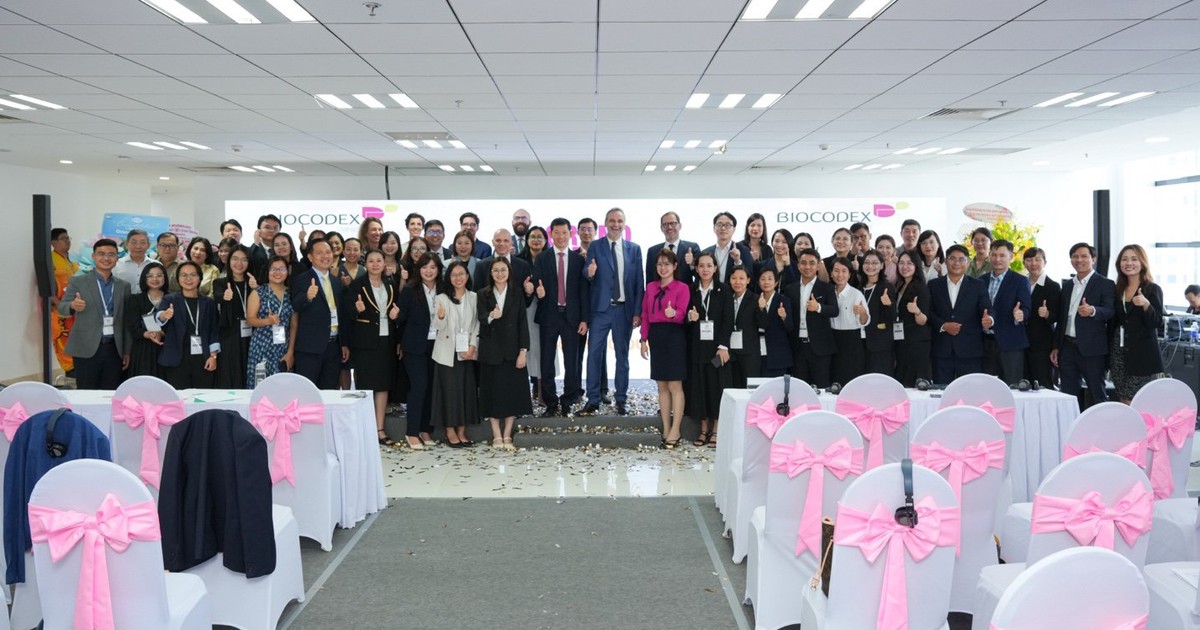
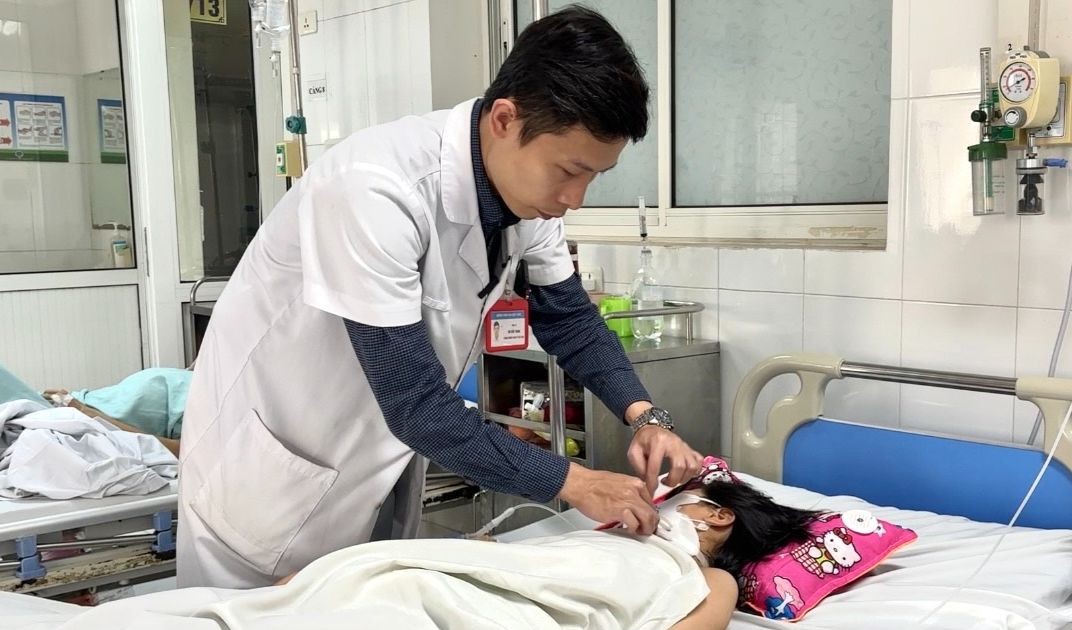

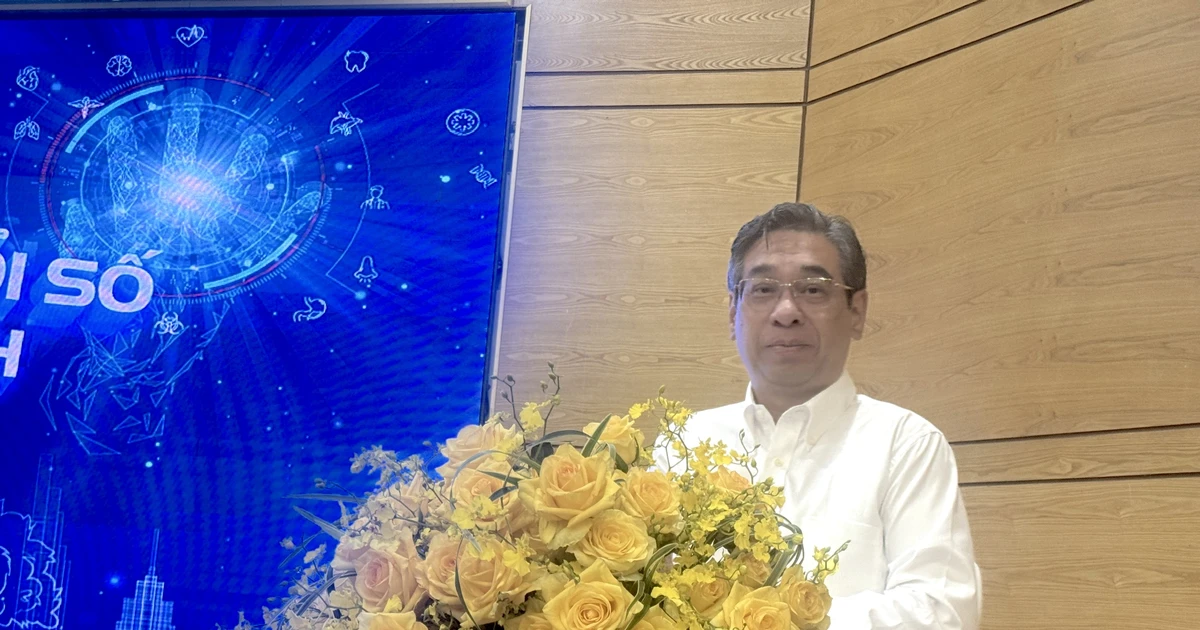























































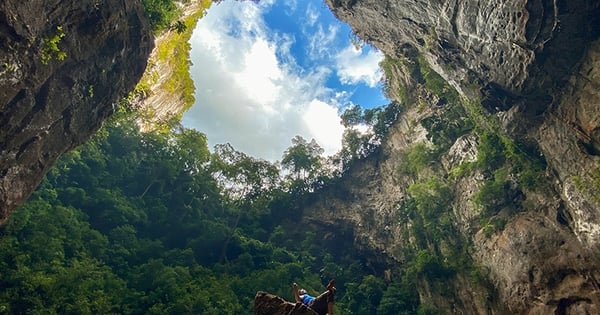


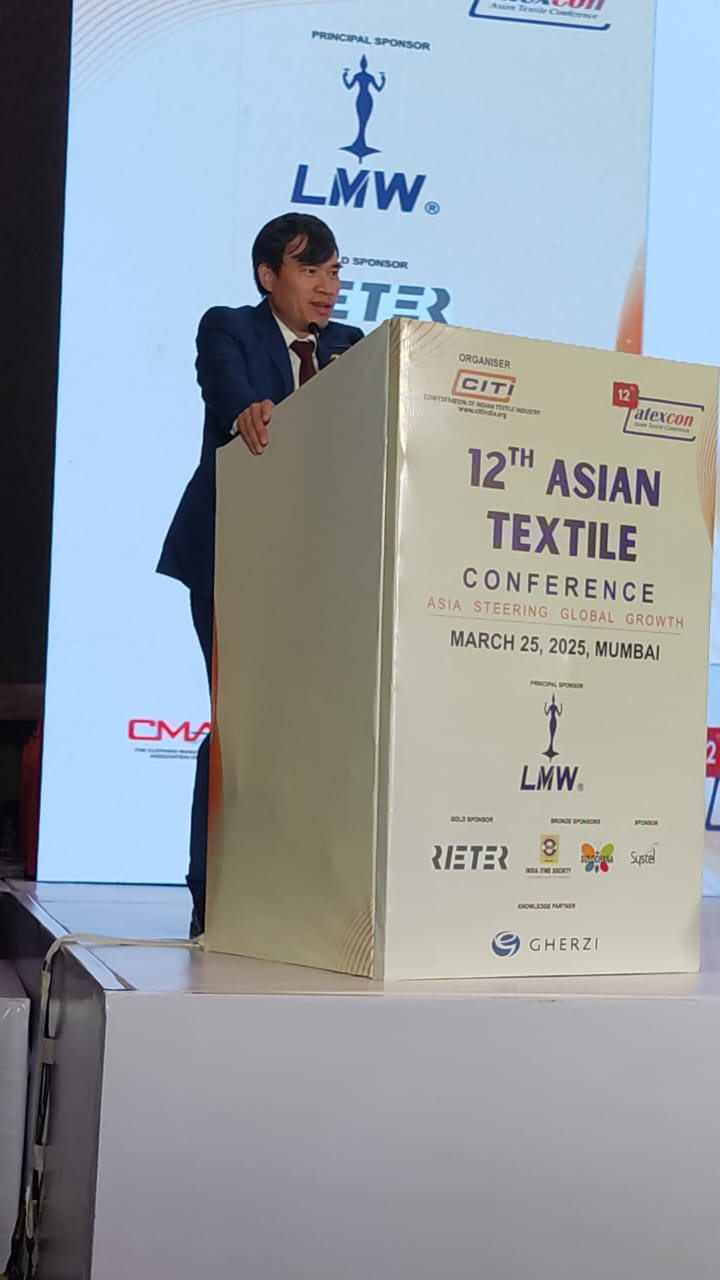
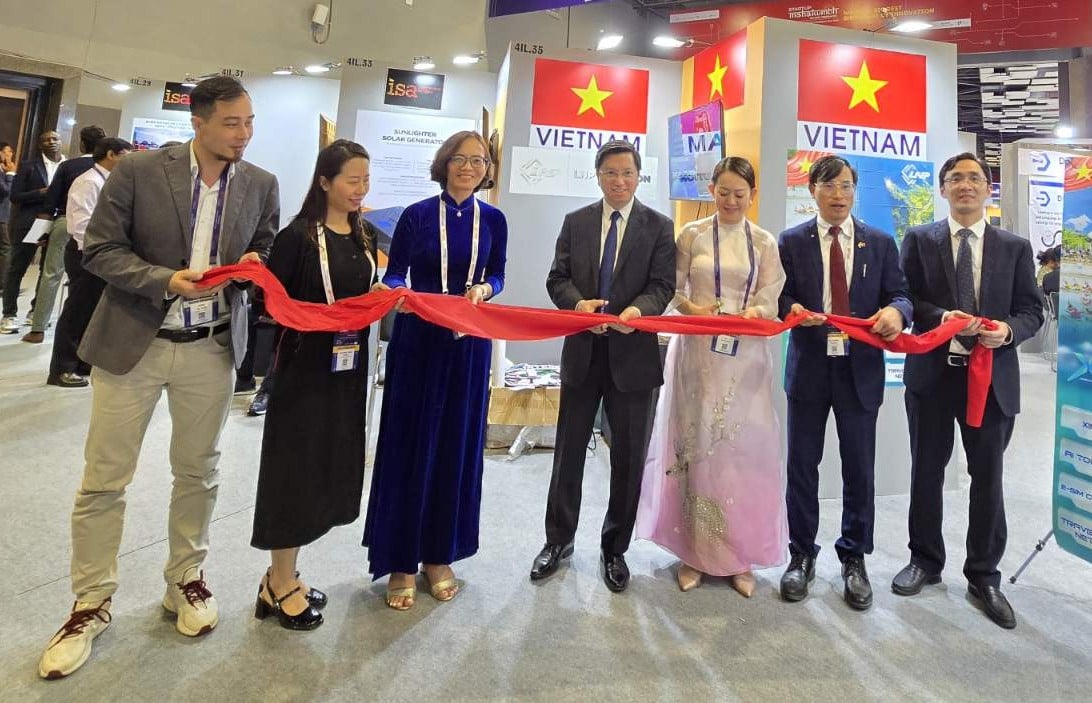
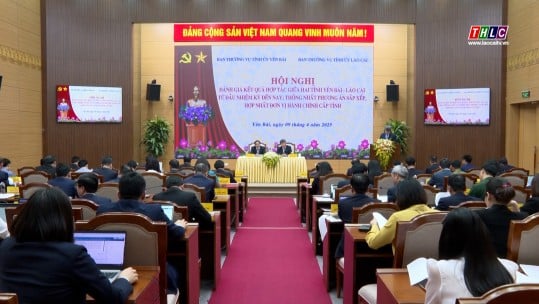
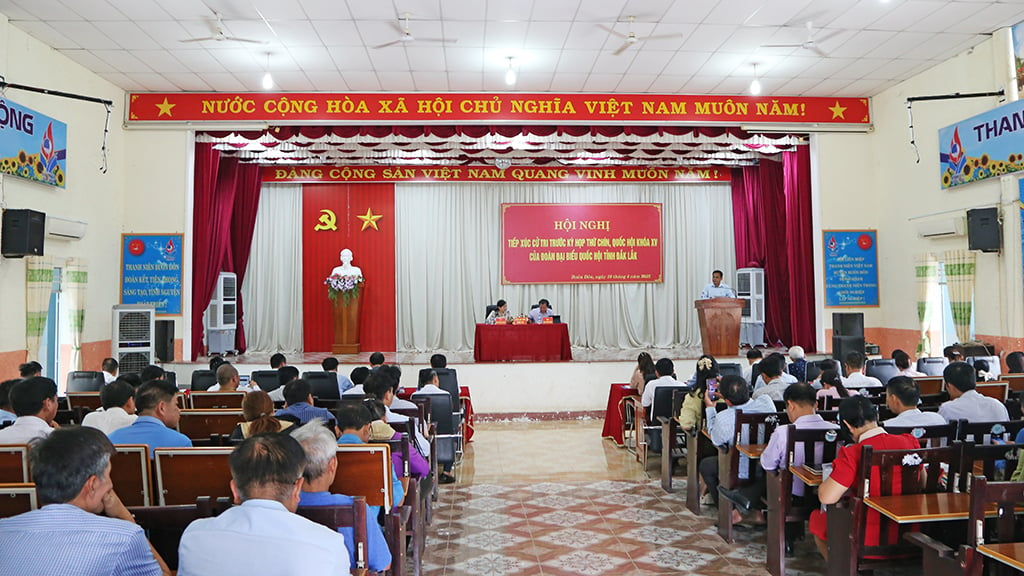
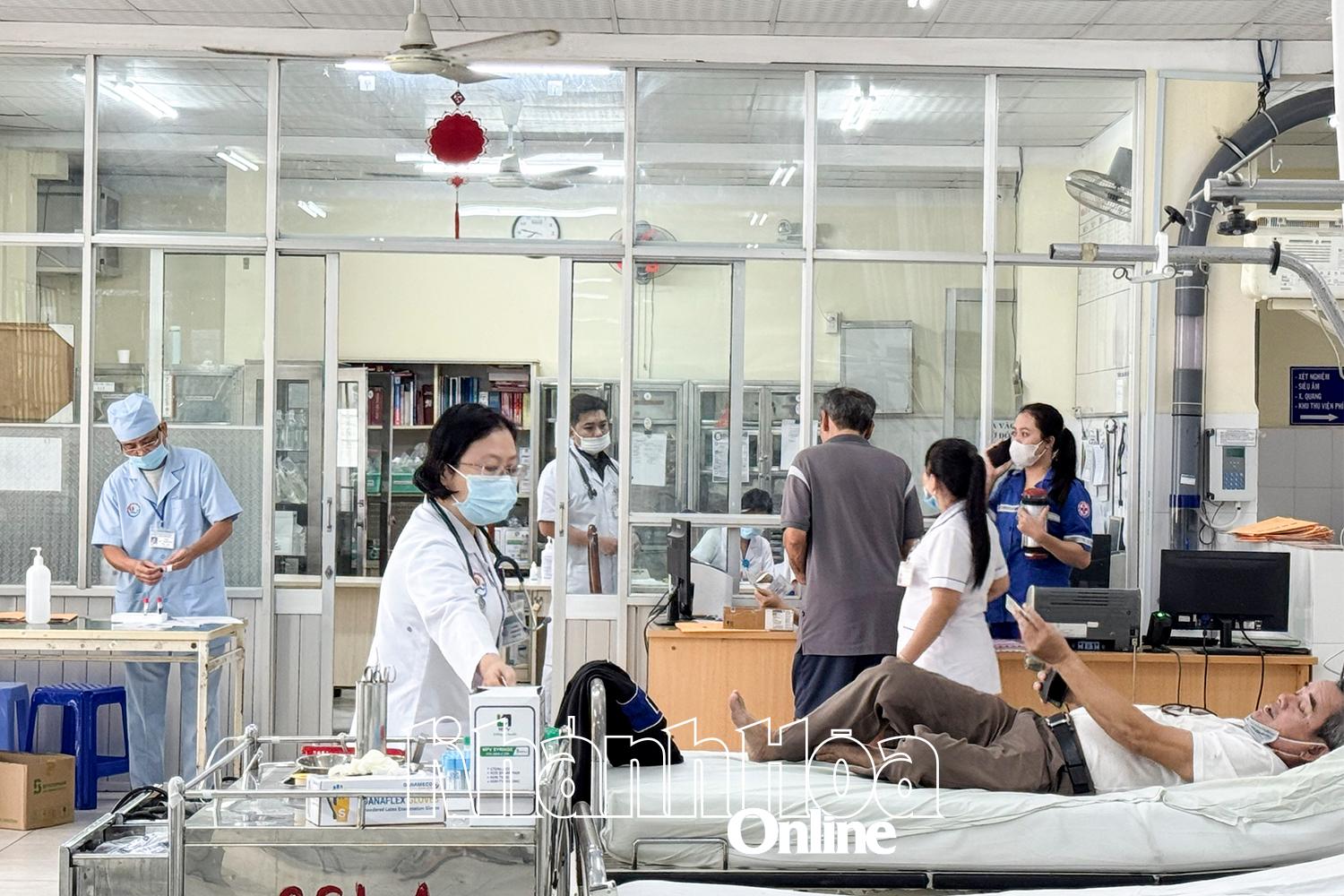



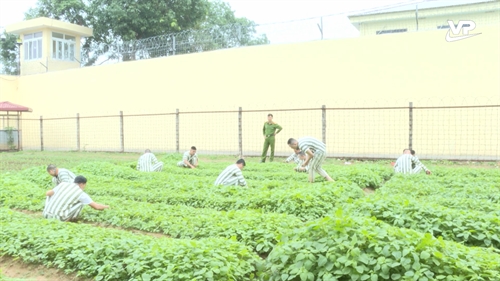









Comment (0)